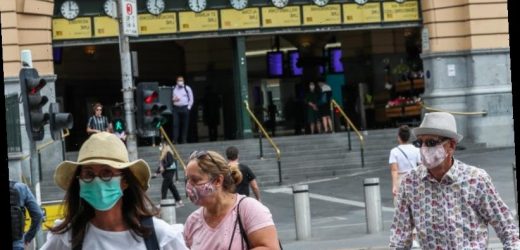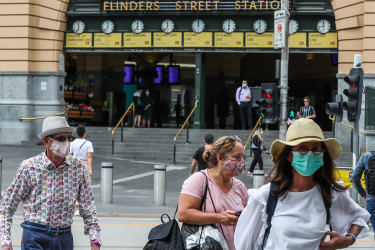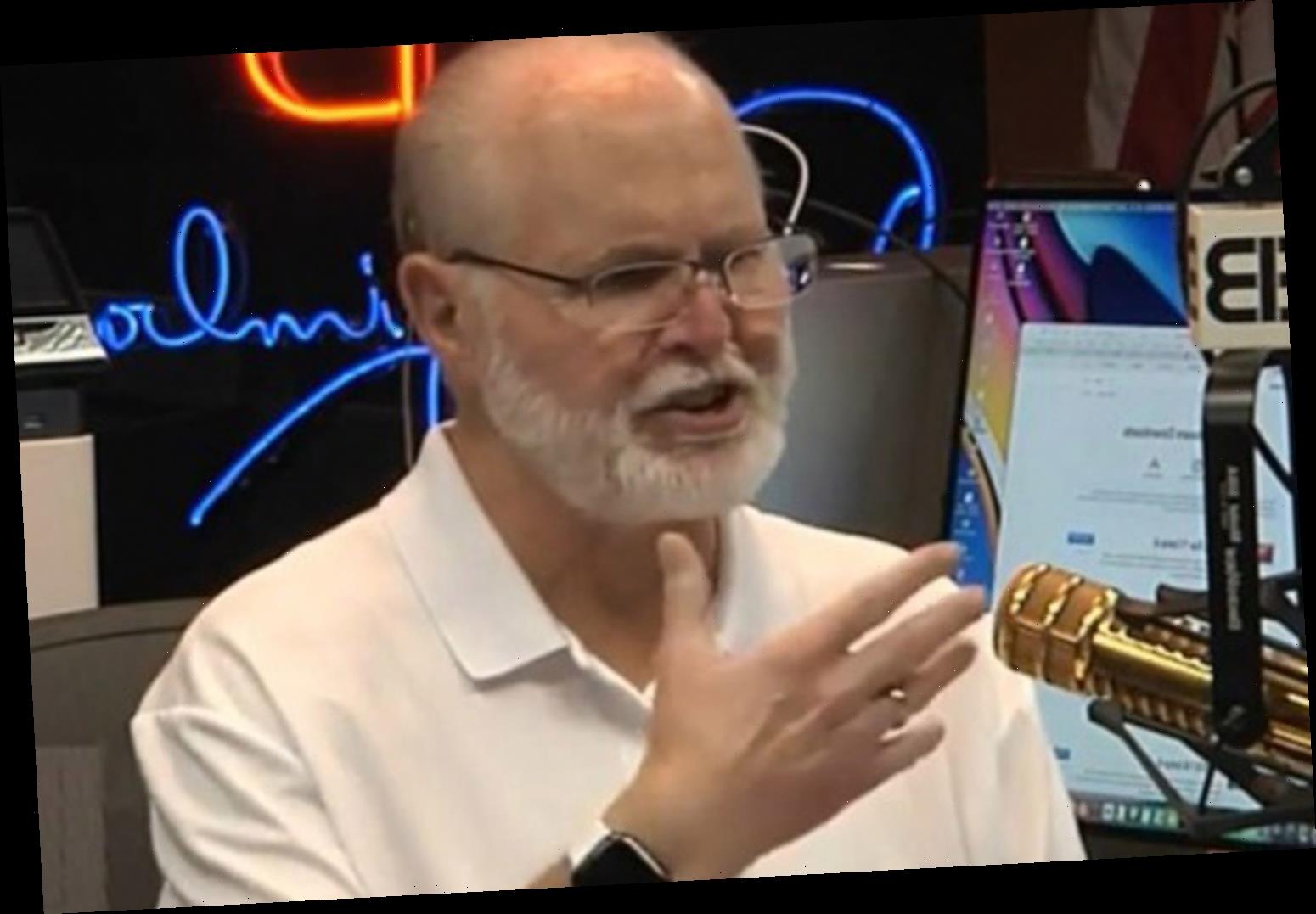Australia’s jobless rate fell to 6.4 per cent in January as 29,000 jobs were created across the country to start the new year despite a string of state-based COVID lockdowns.
The Australian Bureau of Statistics on Thursday reported the jobless rate edged down by 0.2 percentage points, with solid falls in the nation’s two largest jobs markets, NSW and Victoria.
Despite lockdowns across parts of the country, Australia’s jobless rate dropped in January to 6.4 per cent.Credit:Getty Images
Economists had been expecting 30,000 jobs to be created through the month, with an unemployment rate of 6.5 per cent.
The bureau said full-time employment jumped by 59,000 while part-time jobs dropped by 29,800.
Over the past year, full-time employment is still down by 62,900 while part-time is up by 17,300. Part-time employment now accounts for almost 32 per cent of all jobs.
There was a 34,300 drop in the number of unemployed people to 877,600. Total unemployed is up by 156,000 over the year.
Youth unemployment was unchanged at 13.9 per cent while the participation rate edged down by 0.1 percentage points. The national underemployment rate fell by 0.4 percentage points to 8.1 per cent and is now lower than before the pandemic recession.
ABS head of labour statistics Bjorn Jarvis said seasonally adjusted hours worked dropped 4.9 per cent between December and January due to more people taking annual leave over Christmas.
“After a tough 2020, more Australians than usual took leave in the first two weeks of January, particularly full-time workers,” Mr Jarvis said in a statement.
“This fall in hours worked is different to the falls across April and May 2020, which resulted from the restrictions in the labour market, rather than people taking leave.”
There was a fall of 86 million hours worked over the month, or about 5 per cent, over January.
Mr Jarvis said this figure “reflects some ongoing effects of recent lockdowns in Sydney and Melbourne”.
Across the country, the jobless rate in NSW fell by 0.3 percentage points to 6 per cent while it slipped by 0.2 percentage points in Victoria to 8.3 per cent. There is now a large gap in the participation rate in the two states, with Victoria’s rate 1.4 percentage points higher than NSW.
The biggest fall in unemployment occurred in Tasmania, dropping by 1.1 percentage points to 5.9 per cent.
But it jumped by 0.7 percentage points in both South Australia (to a national high of 7.1 per cent) and in the ACT which still has the country’s lowest jobless rate of 4.4 per cent.
There were 3.7 million employed people who worked fewer or zero hours due to annual leave, holidays or other leave arrangements in January.
But there were also 102,900 employed people who worked zero hours for economic reasons.
This was down from 766,700 at the height of the pandemic in April.
In December, there were 64,700 workers who had zero hours of work over the month for the same reason.
While there were shutdowns over the Christmas and New Year’s period and restrictions on travel, the ABS said the 40,000 rise is in line with what was seen in January 2020 before the pandemic.
Get our Coronavirus Update newsletter
Stay across the news you need to know related to the pandemic. Sent Monday and Thursday. Sign up here.
Most Viewed in Politics
Source: Read Full Article



